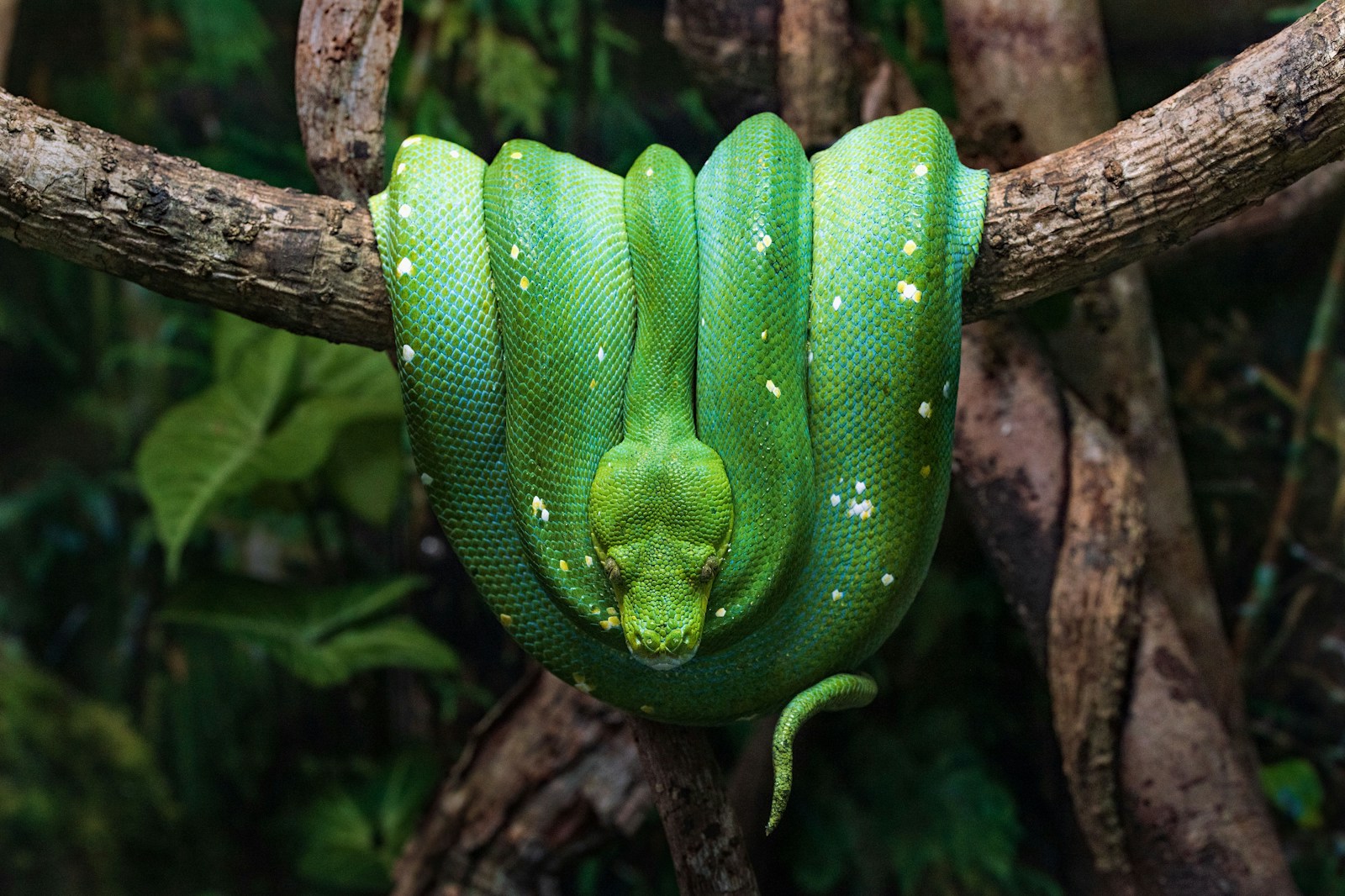In the shadowy depths of remote forests and hidden valleys across the globe, there exists a serpentine phantom so secretive that it has become the stuff of legend among herpetologists and wildlife enthusiasts alike. The world of reptiles contains numerous mysterious creatures, but perhaps none as enigmatic as those serpents that manage to evade human detection with remarkable success.
These elusive snakes have perfected the art of invisibility through specialized adaptations, remote habitats, and cryptic behaviors that make encounters with humans exceedingly rare. While many snake species prefer to avoid human contact, a select few have elevated this avoidance to an art form, creating a fascinating niche of creatures that exist primarily in scientific journals rather than in common observation.
This exploration delves into the world of the most elusive serpents on earth—creatures that slither through the margins of human awareness, occasionally leaving evidence of their existence but rarely revealing themselves to the human eye.
The Brazilian Rainbow Boa: A Rare Iridescent Wonder
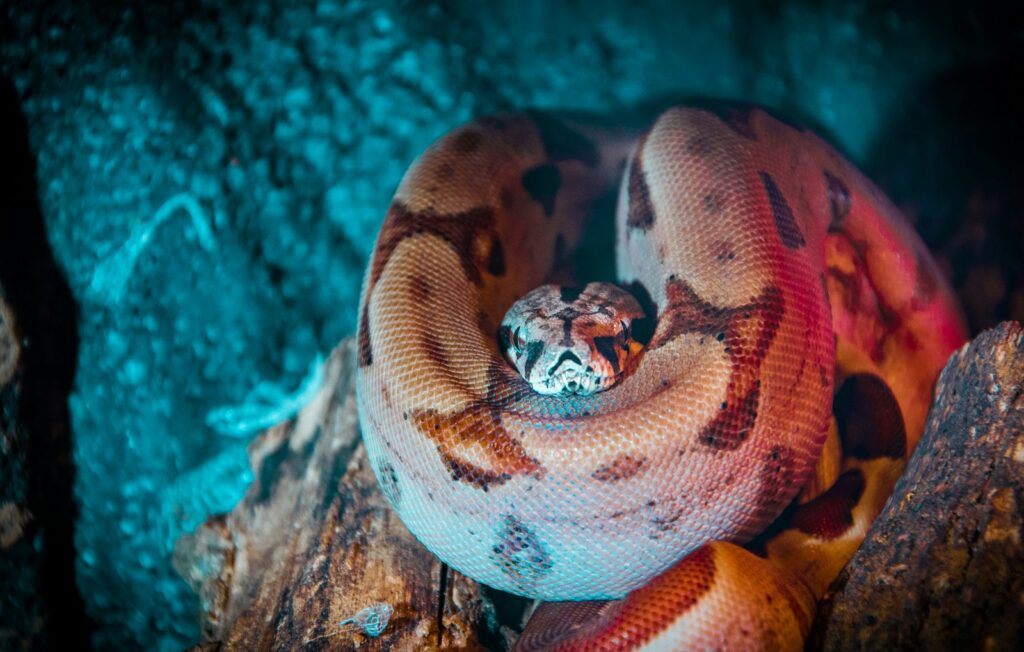
Deep within the Amazon rainforest dwells one of the most visually stunning yet rarely encountered serpents—the Brazilian rainbow boa (epicrates cenchria). While not the most elusive snake in absolute terms, truly wild specimens are remarkably difficult to encounter in their natural habitat despite their commercial popularity in the pet trade. Their natural iridescence—which creates a rainbow-like effect when light reflects off their scales—makes them particularly alluring, yet this same feature helps them blend perfectly with the dappled light of the rainforest floor.
These nocturnal hunters prefer to remain hidden during daylight hours, tucked away in hollow logs or burrowed beneath the leaf litter. Researchers seeking these magnificent creatures in the wild often spend months in the field with only fleeting glimpses to reward their patience, making authentic wild observation a genuine achievement in herpetology.
Jameson’s Mamba: The Ghost of African Forests
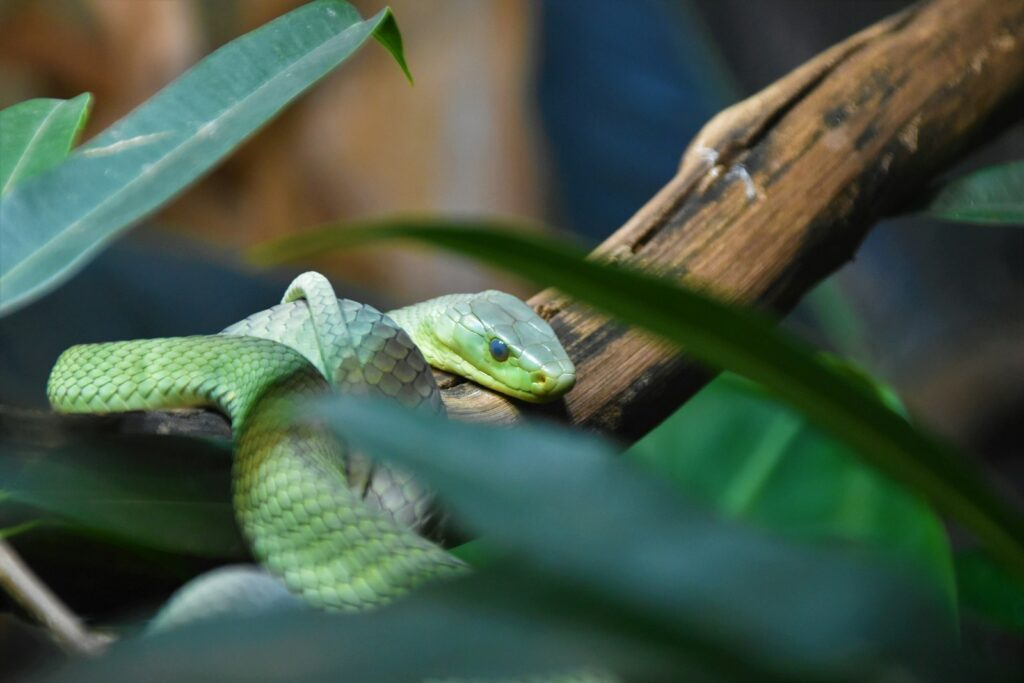
The Jameson’s mamba (dendroaspis jamesoni) represents one of Africa’s most secretive and seldom-seen venomous snakes, despite belonging to the famous mamba family. Unlike its more notorious cousin, the black mamba, the Jameson’s mamba prefers the dense, high canopies of Central and West African rainforests, where human access is severely limited.
Their brilliant green coloration provides perfect camouflage among the leaves, making them virtually invisible even to trained observers looking directly at them. These highly arboreal serpents rarely descend to ground level, conducting nearly their entire lives in the treetops, where few researchers can effectively study them.
Most scientific knowledge about this species comes from the rare specimens that have fallen from trees during storms or have been found during selective logging operations, rather than from deliberate field encounters.
The Cryptic Boelen’s Python
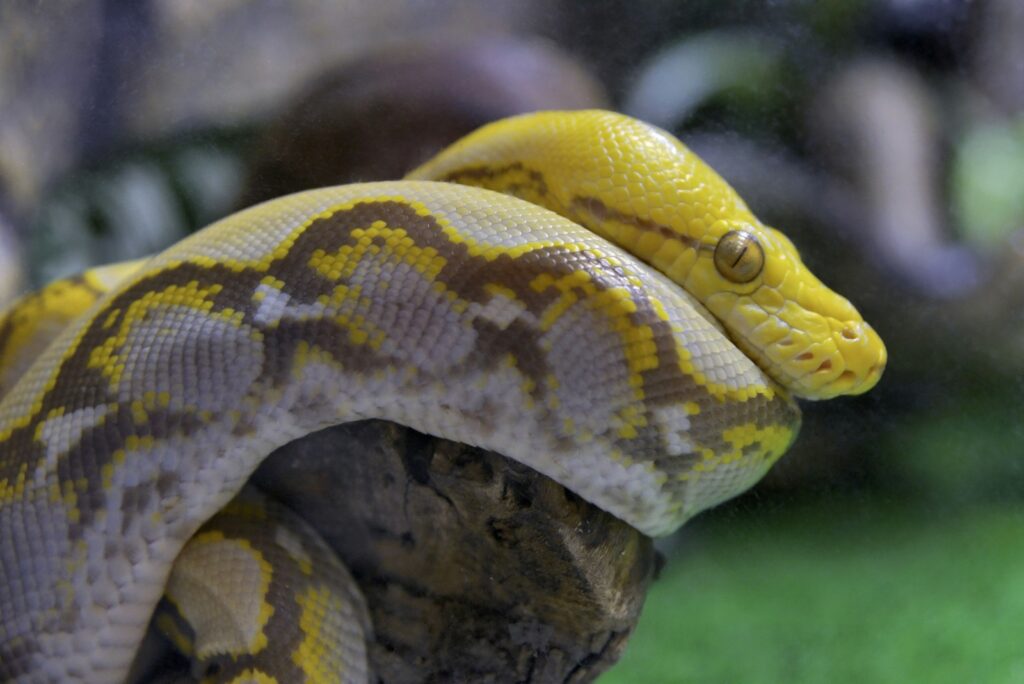
Boelen’s python (simalia boeleni) has earned its reputation as the “holy grail” for many python enthusiasts and researchers due to its exceptional rarity in the wild. Native exclusively to the remote highlands of New Guinea at elevations between 5,000-7,000 feet, these magnificent black and iridescent blue serpents inhabit some of the most inaccessible terrain on earth.
The combination of extremely remote habitat, political instability in the region, and the snake’s secretive nature has resulted in fewer than a dozen documented scientific observations in their natural environment. Local indigenous tribes occasionally encounter these pythons and have incorporated them into their mythology, but even they consider sightings rare and significant events.
Despite their impressive size—reaching up to 8 feet in length—these pythons have mastered the art of concealment, often remaining motionless for days while draped over moss-covered branches where their distinctive coloration creates perfect camouflage.
The Phantom Calabar Burrowing Boa
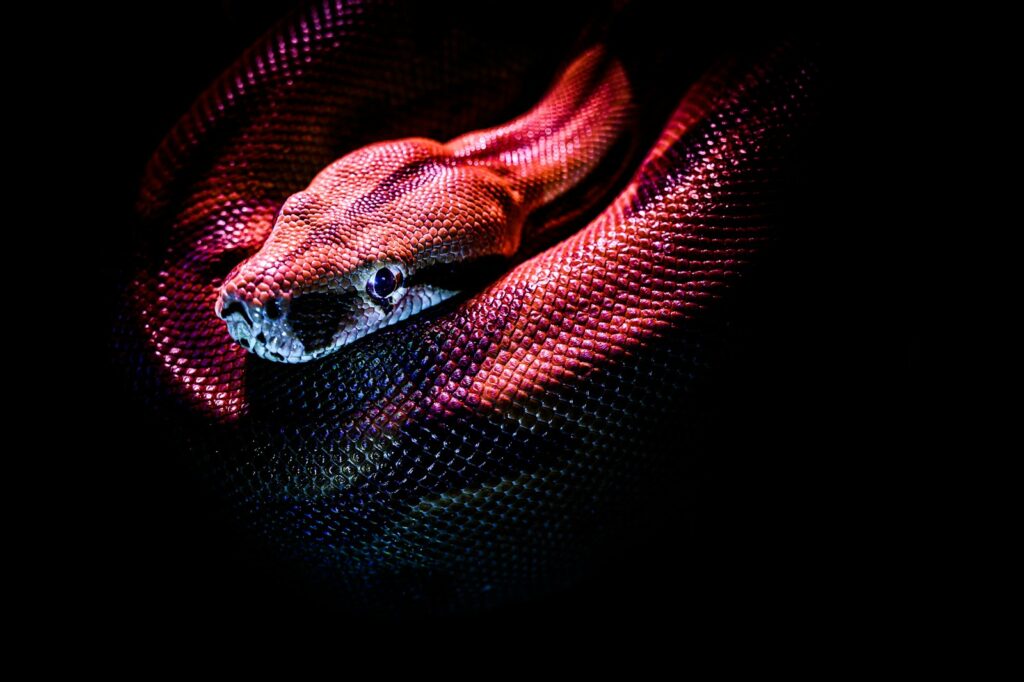
The calabar burrowing boa (calabaria reinhardtii) represents one of Africa’s most secretive and specialized serpents, having evolved a lifestyle that virtually guarantees minimal human contact. This small, cylindrical snake spends almost its entire life underground in the rainforests of West and Central Africa, emerging only on rare occasions during heavy rains.
Their unique anatomy—featuring a blunt head and tail so similar that predators often strike at the wrong end—serves them well in their subterranean existence. Researchers attempting to study these snakes in the wild face extraordinary challenges, as traditional survey methods prove largely ineffective against creatures that may remain underground for months at a time.
Most scientific knowledge about this species comes from accidental discoveries during agricultural activities or forest clearing, rather than from targeted research efforts, highlighting their exceptional elusiveness.
The Enigmatic Barbados Thread Snake
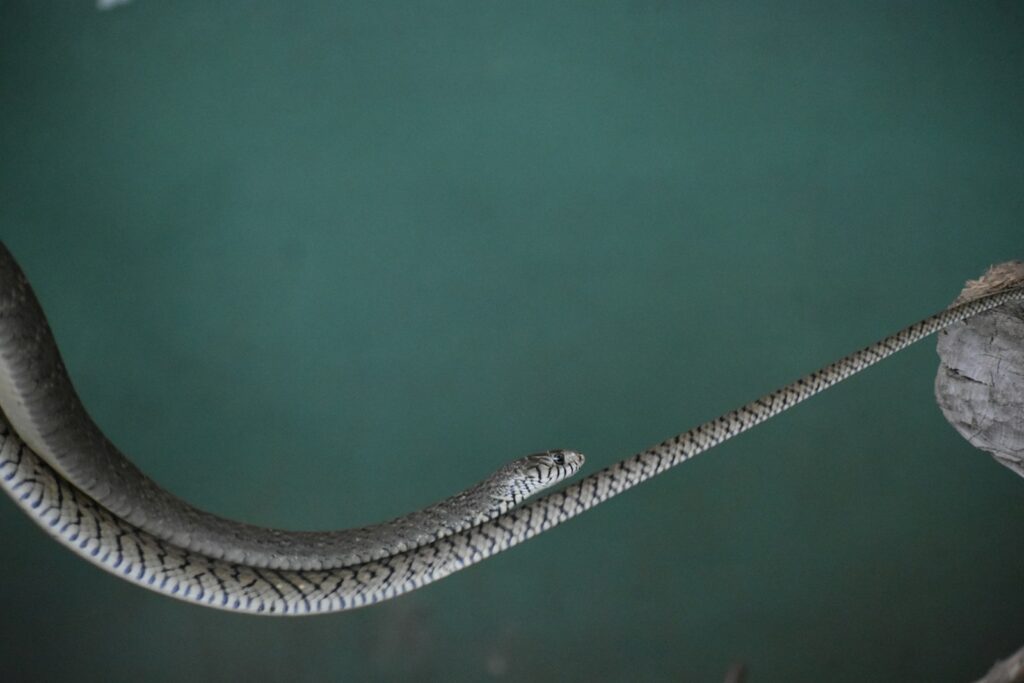
Sometimes, a snake’s elusiveness stems not from remote habitat but from its diminutive size, as exemplified by the barbados thread snake (tetracheilostoma carlae), officially the world’s smallest snake species. Measuring a mere 10 centimeters (4 inches) in length and thinner than a spaghetti noodle, this tiny serpent has remained largely unknown to science until its relatively recent formal description in 2008. Their soil-dwelling lifestyle, extremely restricted range on a single Caribbean island, and size comparable to earthworms make them virtually impossible to spot without deliberate, focused searching techniques.
These snakes can easily slip between the cracks of soil particles, inhabiting a microscopic world that humans rarely access or observe. Despite living on a densely populated island with significant human development, these thread snakes have managed to avoid scientific detection for centuries, proving that sometimes the most elusive creatures hide in plain sight.
The Mysterious São Tomé Blind Snake
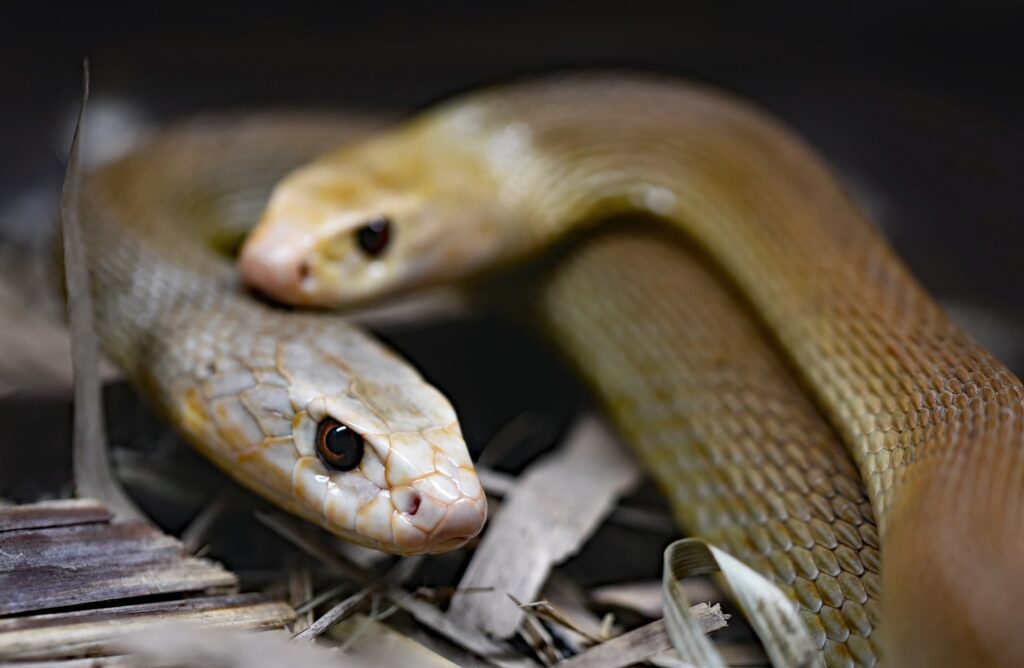
The São Tomé blind snake (typhlops elegans) represents perhaps the epitome of serpentine elusiveness, with fewer than five specimens ever documented by science despite dedicated search efforts. Endemic to the tiny island of São Tomé off the west coast of Africa, this snake has evolved a completely subterranean lifestyle that makes encounters with humans extraordinarily rare.
Their vestigial eyes, smooth cylindrical body, and specialized skull designed for burrowing allow them to navigate through soil with remarkable efficiency, never needing to surface. The snake’s extremely restricted range on a single volcanic island, combined with its fossorial lifestyle, has resulted in a species that exists almost entirely outside human experience. Most herpetologists specializing in African reptiles will never encounter this species in their entire careers, making it a true phantom of the serpent world.
The Elusive Round Island Keel-Scaled Boa
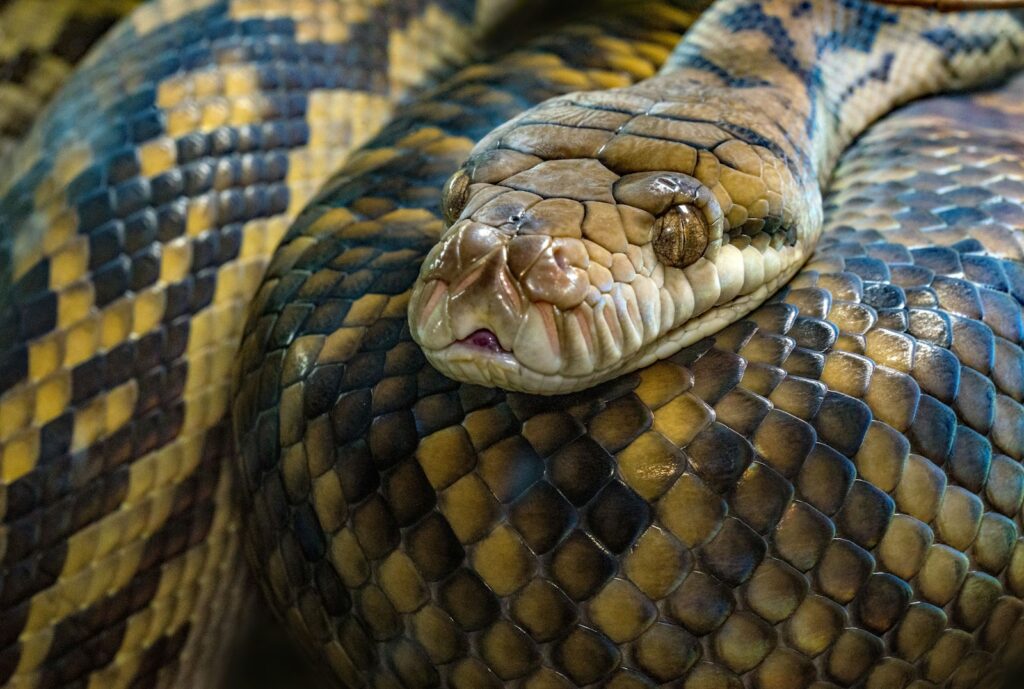
Conservation sometimes intersects with elusiveness in remarkable ways, as demonstrated by the round island keel-scaled boa (casarea dussumieri), a critically endangered species found only on a tiny islet off Mauritius. Once believed extinct, this snake was rediscovered in the 1970s surviving in incredibly small numbers on a single, remote volcanic island measuring less than 2 square kilometers. Their nocturnal habits, specialized diet of geckos, and remarkable ability to climb vertical rock faces make them exceptionally difficult to observe even by researchers specifically seeking them.
The total wild population numbers fewer than 500 individuals, all confined to an island that permits extremely limited human access for conservation purposes. Field researchers who have dedicated years to studying these snakes report that encountering even a single specimen requires extraordinary patience and specialized spotlighting techniques during precisely the right weather conditions.
The Ghost of Seram: Moluccan Python
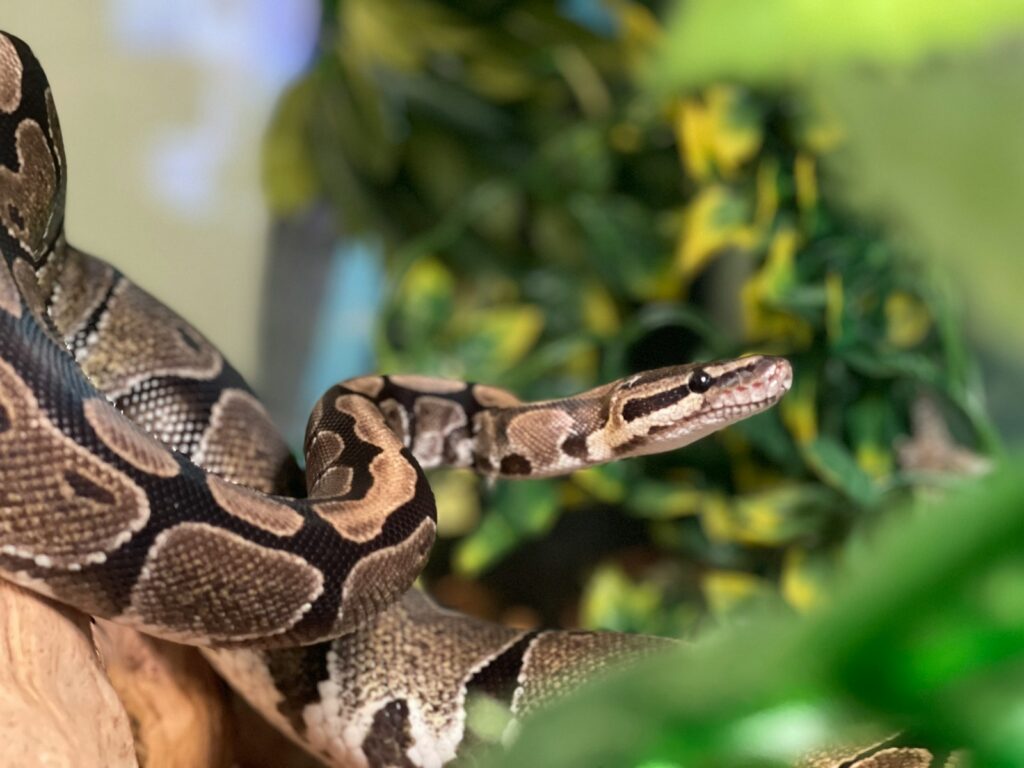
The Moluccan python (simalia clastolepis), native to the remote island of Seram in Indonesia, stands as one of the least-documented large snakes in the world due to its extraordinary elusiveness. Only formally recognized as a distinct species in 2014, this massive constrictor has managed to avoid scientific scrutiny despite potentially reaching lengths of over 15 feet. The combination of extremely remote habitat in mountainous rainforest, low population density, and cryptic behavior has resulted in fewer than a dozen documented field observations by scientists.
Local inhabitants occasionally encounter these snakes and have incorporated them into traditional folklore, but even among islanders who have spent lifetimes in the forests, sightings remain rare enough to be considered significant events. The python’s remarkable ability to remain motionless for extended periods while draped over branches, combined with coloration perfectly matched to the dappled light of the forest canopy, makes them nearly impossible to detect even when in plain view.
The Secretive Cuban Dwarf Boa
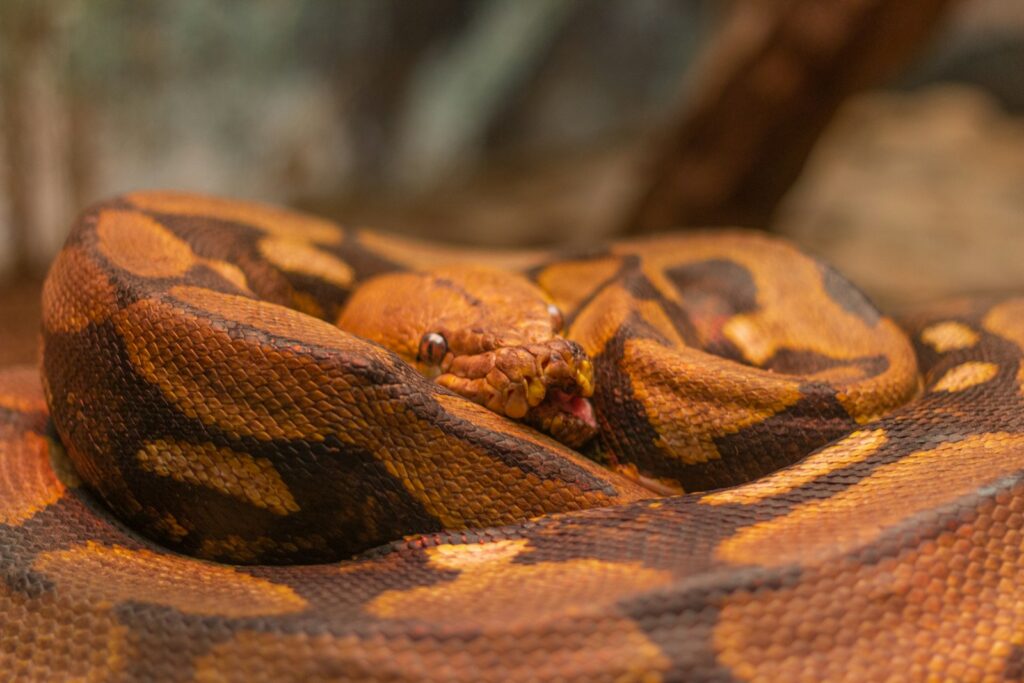
The Cuban dwarf boa (Tropidophis melanurus) represents a masterclass in evolutionary adaptation toward elusiveness, having developed both physical and behavioral traits that make human encounters exceedingly rare. These small, specialized serpents inhabit the remote limestone karst formations of Cuba’s mountainous regions, where they can slip into crevices barely visible to the human eye.
Their most remarkable defensive adaptation—the ability to secrete a sticky, noxious substance while simultaneously coiling into a tight ball—occurs only during rare encounters, as the species generally avoids detection altogether. Researchers attempting to study these snakes face extraordinary challenges navigating the razor-sharp limestone terrain where the snakes make their home, often returning from expeditions with numerous injuries but few observations. Even dedicated herpetological surveys specifically targeting this species frequently conclude with zero confirmed sightings despite evidence of their presence.
Scientific Challenges in Studying Elusive Serpents
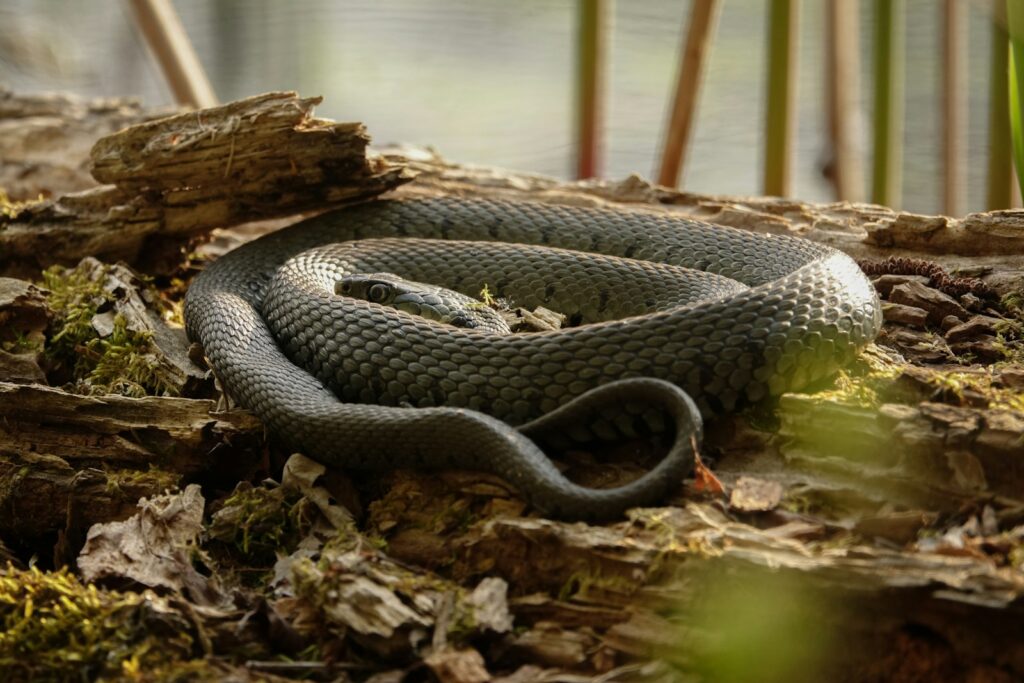
The scientific study of the world’s most elusive snakes presents herpetologists with unique challenges that have necessitated the development of specialized research methodologies. Traditional visual encounter surveys—the backbone of most reptile field research—prove woefully inadequate when target species may remain hidden for months or years between surface appearances.
Modern researchers increasingly rely on environmental DNA sampling, where genetic material shed into the environment can confirm a species’ presence without actual observation. Remote camera traps, while effective for mammals, face significant limitations with cold-blooded reptiles that don’t trigger infrared sensors consistently. The combination of these factors means that our scientific knowledge of these secretive serpents often advances at a glacial pace, with single observations sometimes representing significant breakthroughs worthy of scientific publication.
Cultural Significance of Phantom Snakes
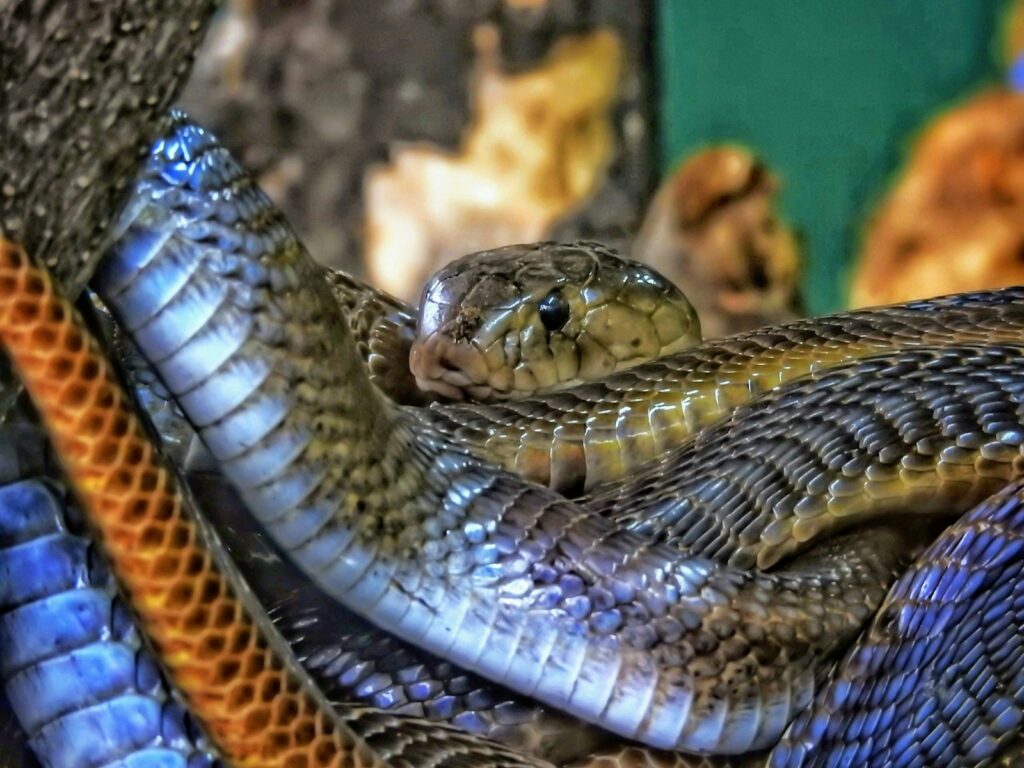
The extraordinary elusiveness of certain snake species has elevated them to mythological status in many indigenous cultures, where their rare appearances are often interpreted as omens or spiritual messages. In parts of Melanesia, sightings of certain rarely-seen python species are considered direct communications from ancestral spirits, requiring specific rituals in response. The Mayan peoples of Central America incorporated the rarely-encountered Jumping Pitviper into religious iconography as a symbol of hidden knowledge and the unseen world.
These cultural interpretations often contain kernels of biological truth—the snakes’ behavioral patterns or habitat preferences preserved through oral tradition even when scientific documentation is lacking. Many contemporary conservation efforts leverage these traditional knowledge systems when developing protection strategies for elusive species, recognizing that indigenous communities may possess generations of observational data unavailable through conventional scientific channels.
Conservation Implications of Serpentine Secrecy
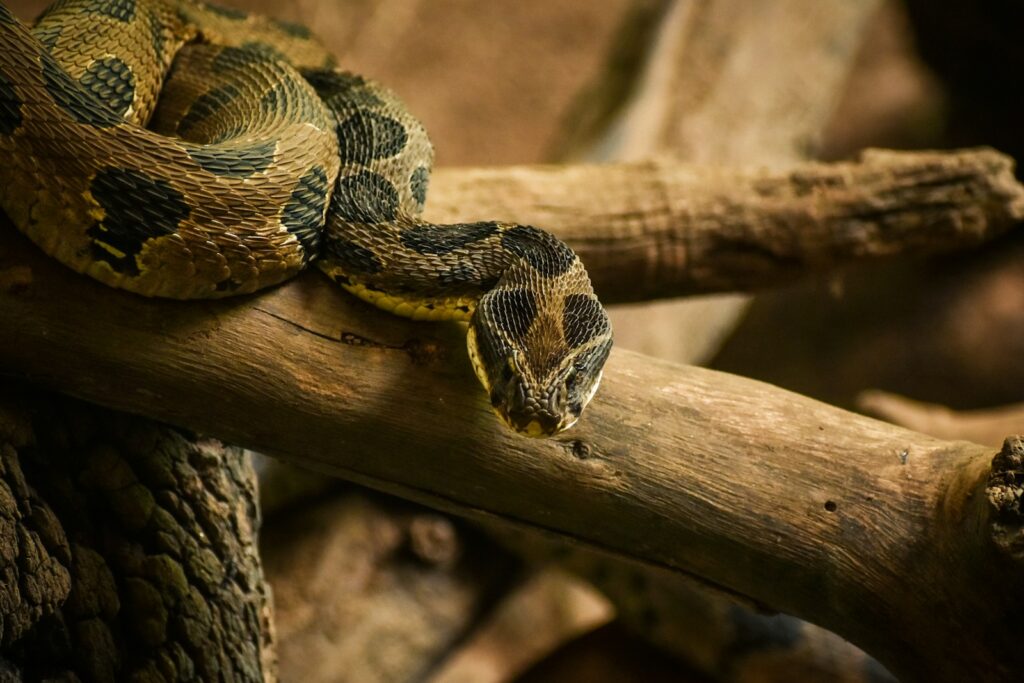
The extreme elusiveness of certain snake species creates unique conservation challenges that complicate protection efforts across multiple dimensions. Population assessments—the foundation of most conservation planning—become exercises in educated guesswork when direct observation proves nearly impossible. Many of the world’s most elusive snakes currently lack formal conservation status classifications simply because insufficient data exists to determine their true population trends or threats.
This “data deficiency” often results in de facto lack of protection, as conservation resources flow toward better-documented species with quantifiable decline rates. Paradoxically, the very traits that make these snakes so elusive—specialized habitat requirements, low population densities, and restricted ranges—also tend to make them particularly vulnerable to extinction from habitat loss or climate change. Some species may potentially disappear before science fully documents their existence, representing a profound loss of evolutionary heritage and ecological function.
When Humans Do Encounter the Ultra-Rare
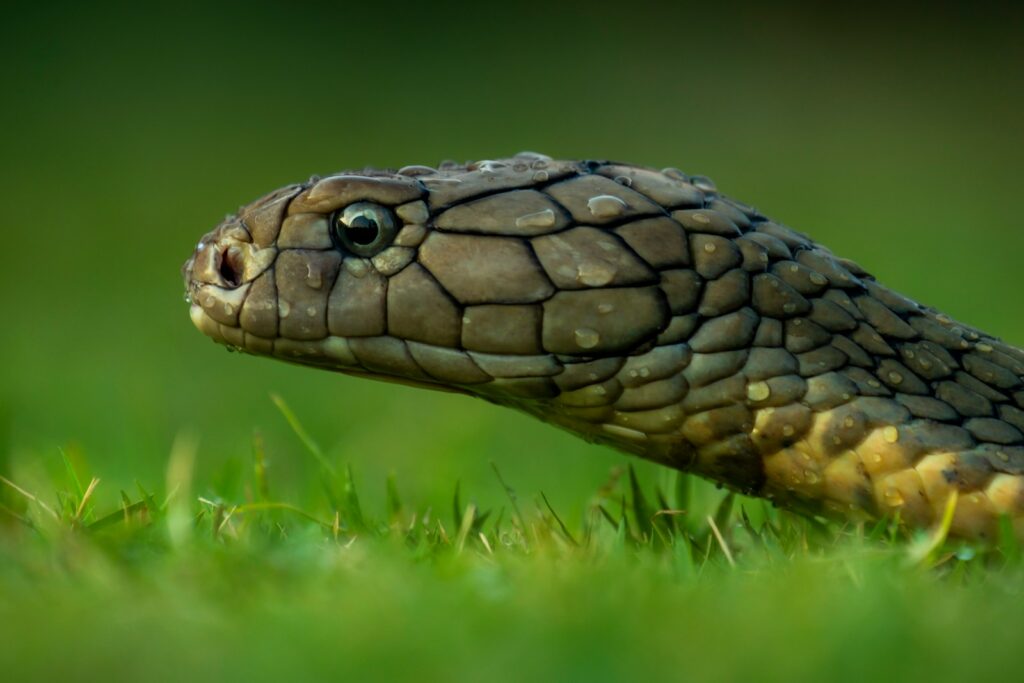
The extraordinarily rare instances when humans do encounter the world’s most elusive snakes often occur through circumstances that highlight the precarious intersection between human activity and secretive wildlife. Road mortality surveys—systematic searches of highways for reptile casualties—sometimes yield specimens of species rarely observed alive, providing bittersweet opportunities for scientific documentation. Extreme weather events occasionally force subterranean or arboreal species to the surface, creating brief windows for observation during floods or after major storms.
Construction activities that disturb previously undisturbed habitat sometimes unearth species that have successfully avoided human detection for decades or centuries. These chance encounters, while valuable for scientific knowledge, also underscore the vulnerability of secretive species to anthropogenic disturbance and habitat modification. Each such encounter represents both an opportunity for advancing understanding and a reminder of our expanding impact on even the most hidden corners of the natural world.
Conclusion
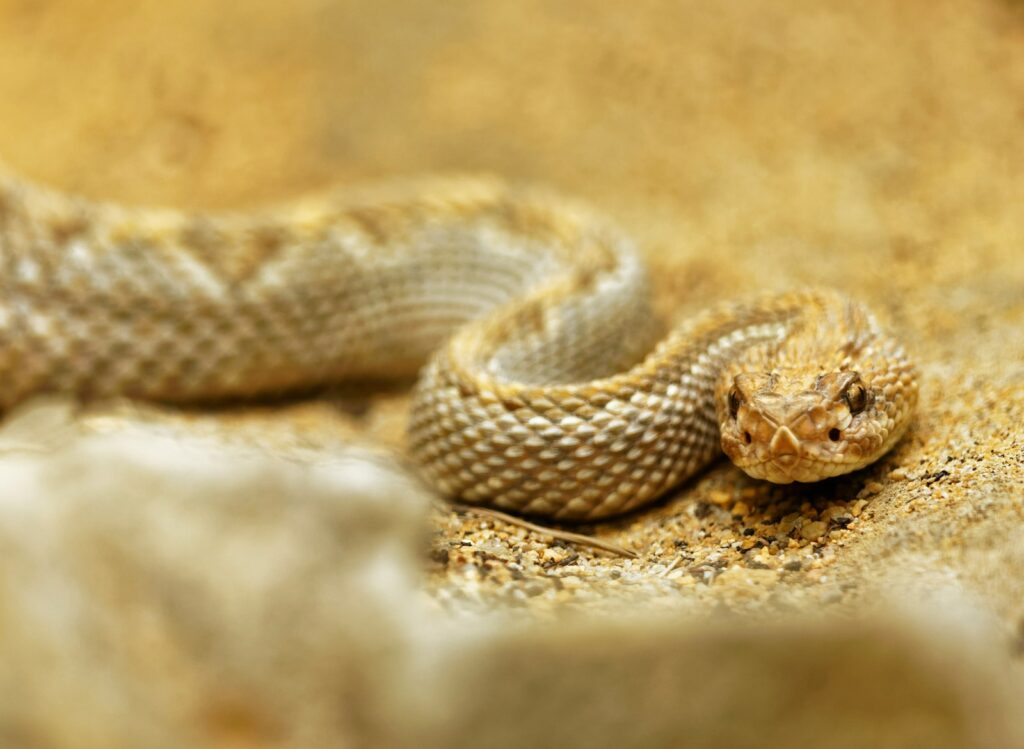
The world’s most elusive snakes represent fascinating case studies in evolutionary adaptation, specialization, and the limits of human observation. These serpentine phantoms continue to slither through the margins of scientific knowledge, occasionally leaving tantalizing evidence of their existence but largely conducting their lives beyond the reach of human documentation.
Their elusiveness serves not only as a testament to the remarkable diversity of reptilian lifeways but also as a humbling reminder of how much remains unknown about our natural world. As habitats continue to shrink and transform under human influence, the question remains whether these masters of invisibility will maintain their secretive existence or if changing conditions will force them into the light—perhaps too late for meaningful conservation.
For now, they remain nature’s ultimate hide-and-seek champions, their very evasiveness a remarkable evolutionary achievement worthy of both scientific pursuit and profound respect.

